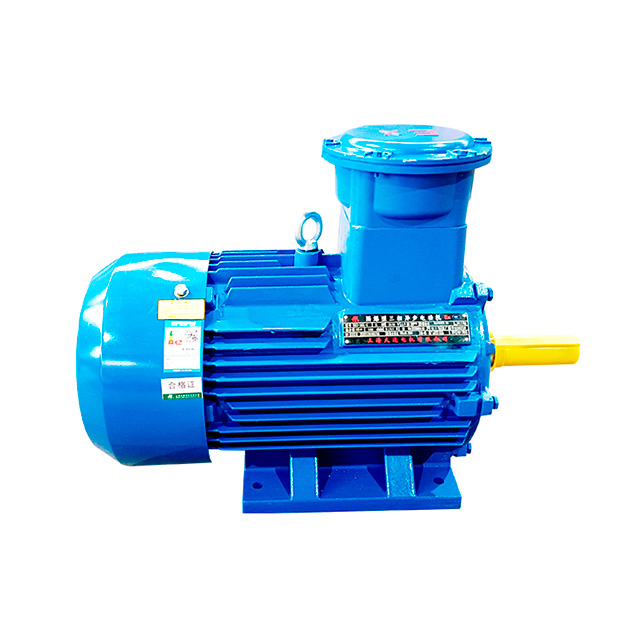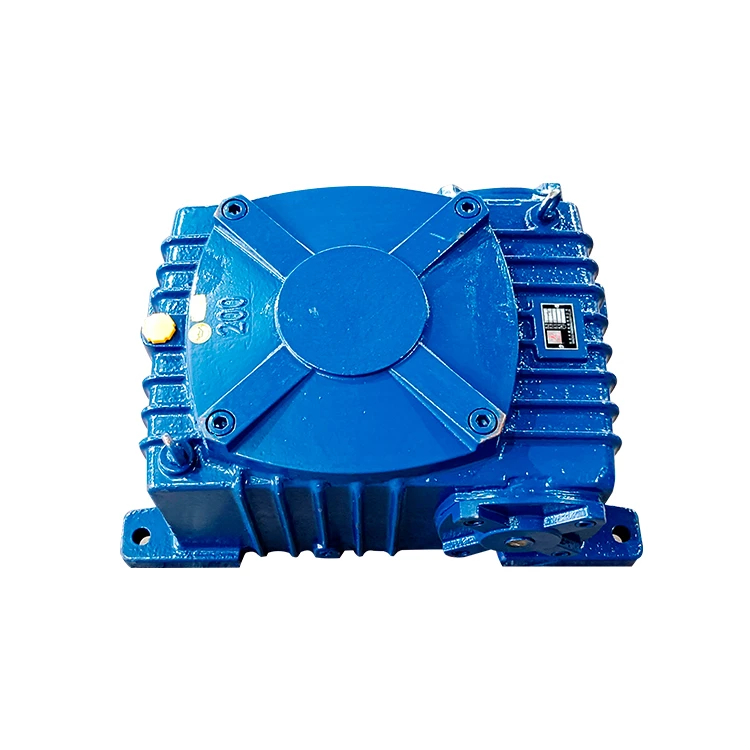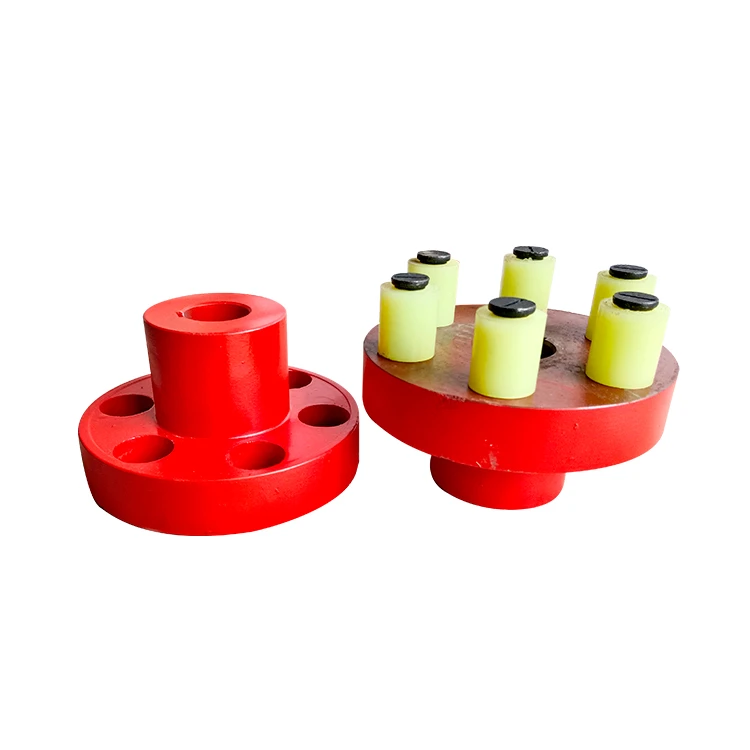Mud Agitator Parts
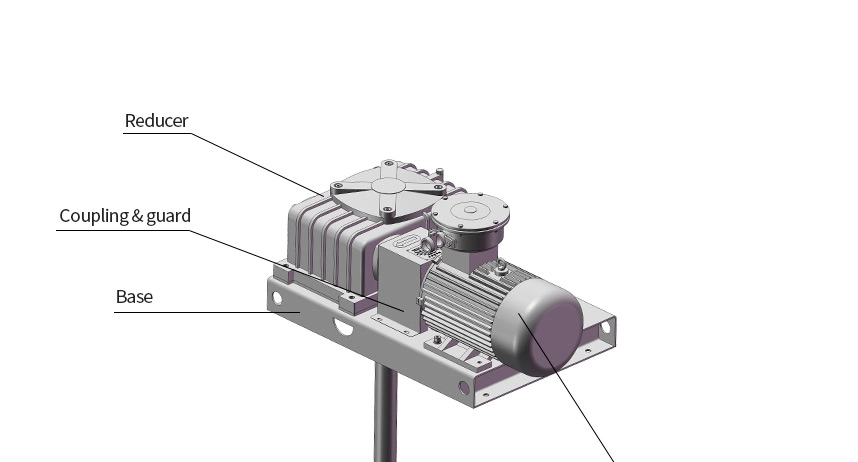
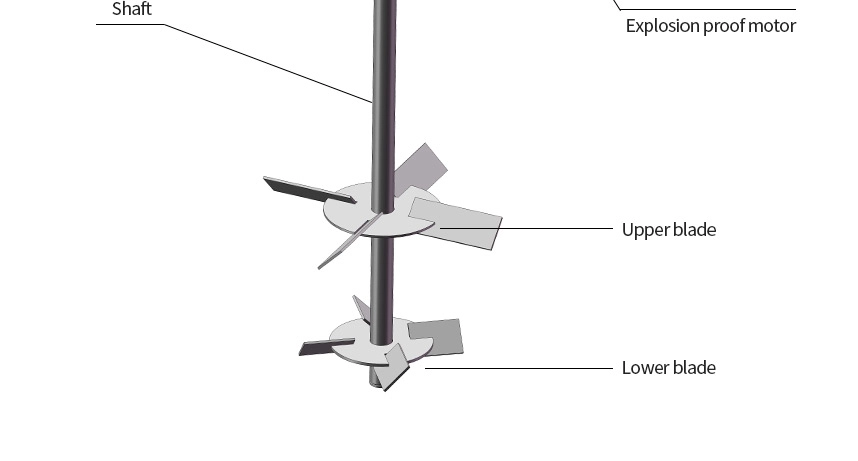
一. Core stirring parts (direct contact with mud)
1. Impeller/stirring paddle:
- This is the most critical part, responsible for generating fluid movement, mixing and stirring.
- Various types: propeller type, turbine type, paddle type, anchor type, etc., selected according to mud viscosity, density and stirring purpose.
- Material: carbon steel, stainless steel (304, 316L), wear-resistant steel, polyurethane rubber coating, rubber rubber coating, engineering plastics (such as UHMW-PE), etc., need to be selected according to the corrosiveness and abrasiveness of the mud.
2. Stirring shaft:
- Connect the drive device (reducer/motor) and the impeller to transmit torque.
- Material: Usually carbon steel or stainless steel. Long shafts may need to be designed in sections and supported by intermediate bearings.
- Accessories: Bushing (protection shaft), key (torque transmission), shaft connection flange/coupling.
3. Mechanical seal/shaft seal:
- Extremely important accessories! Prevent mud from leaking from the position where the stirring shaft passes through the tank.
- Type: Single-end mechanical seal, double-end mechanical seal (with isolation fluid system, used for high-pressure and high-risk media), packing seal (older style, frequent maintenance).
- Accessories: Sealing chamber, static ring, dynamic ring, spring, O-ring/gasket, isolation fluid tank and pipeline (for double-end seal), gland.
二. Drive and transmission components
4. Reducer motor:
- Provides power and reduces speed and increases torque. It is the core power source of the agitator.
- Type: Gear reducer (parallel shaft, right-angle shaft), cycloidal pinwheel reducer, worm gear reducer, etc.
- Accessories: Motor itself, reducer box, oil seal, lubricating oil/grease.
5. Reducer
- Converts the high-speed, low-torque power input from the motor into the low-speed, high-torque power output required by the agitator shaft.
6. Coupling:
- Connects the reducer output shaft and the agitator shaft, compensates for installation errors, and transmits torque.
- Type: Elastic pin coupling, plum coupling, tire coupling, diaphragm coupling, etc.
7. Motor base/mounting bracket:
- Support and fix the reduction motor to the tank top or support structure. Rigidity and horizontality need to be ensured.
三. Support and installation components
8. Bracket/frame:
- Firmly install the entire agitator (motor, reducer, shaft, impeller) on the top or side wall of the mixing tank.
- Including top flange, side-entry mounting plate, support beam, etc.
9. Bearing and bearing seat:
- Intermediate bearing/bottom bearing: For long-axis agitators, bearings are set in the middle or bottom of the tank to reduce the deflection of the shaft and ensure stable operation.
- Accessories: bearing seat, rolling bearing (deep groove ball bearing, spherical roller bearing, etc.) or sliding bearing, lubrication device, protective cover.
10. Mounting flange/mounting plate:
- Provide sealing and rigid connection between the agitator and the tank opening.
- Accessories: flange body, sealing gasket (rubber, polytetrafluoroethylene, etc.), bolts and nuts.
四. Other accessories and wearing parts
11. Protective cover:
- Protect rotating couplings and other parts to prevent human contact and foreign objects from entering.
12. Lubrication system accessories:
- Oil cup, oil nozzle, lubricating oil pipe, oil level gauge (for reducer and bearing lubrication).
13. O-rings, gaskets, sealing rings:
- Used in various static sealing points (such as flange connections, end covers) to prevent leakage. The material must be compatible with mud.
13. Bolts, nuts, washers:
- Used for fastening between components. The material is usually carbon steel or stainless steel, and corrosion protection must be considered.
14. Wear-resistant liner/sheath:
- Installed near the tank wall or impeller to protect the tank or equipment from erosion and wear of high-speed mud particles. The materials are commonly used wear-resistant rubber, wear-resistant ceramics, UHMW-PE, etc.
15. Control system related (optional):
- Inverter (for speed regulation), motor starter, thermal relay, control cabinet, liquid level switch/sensor (interlocking control), etc.
